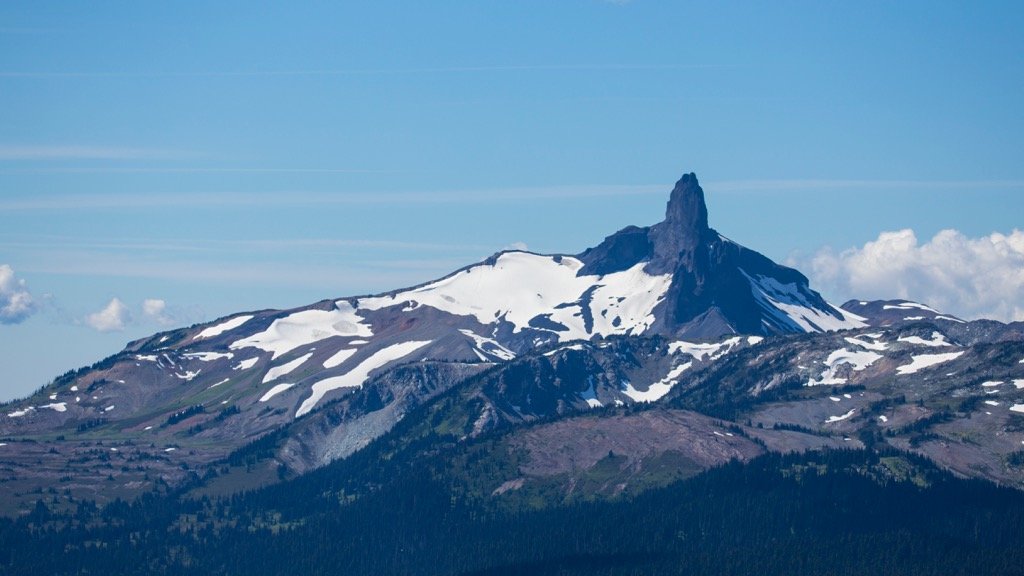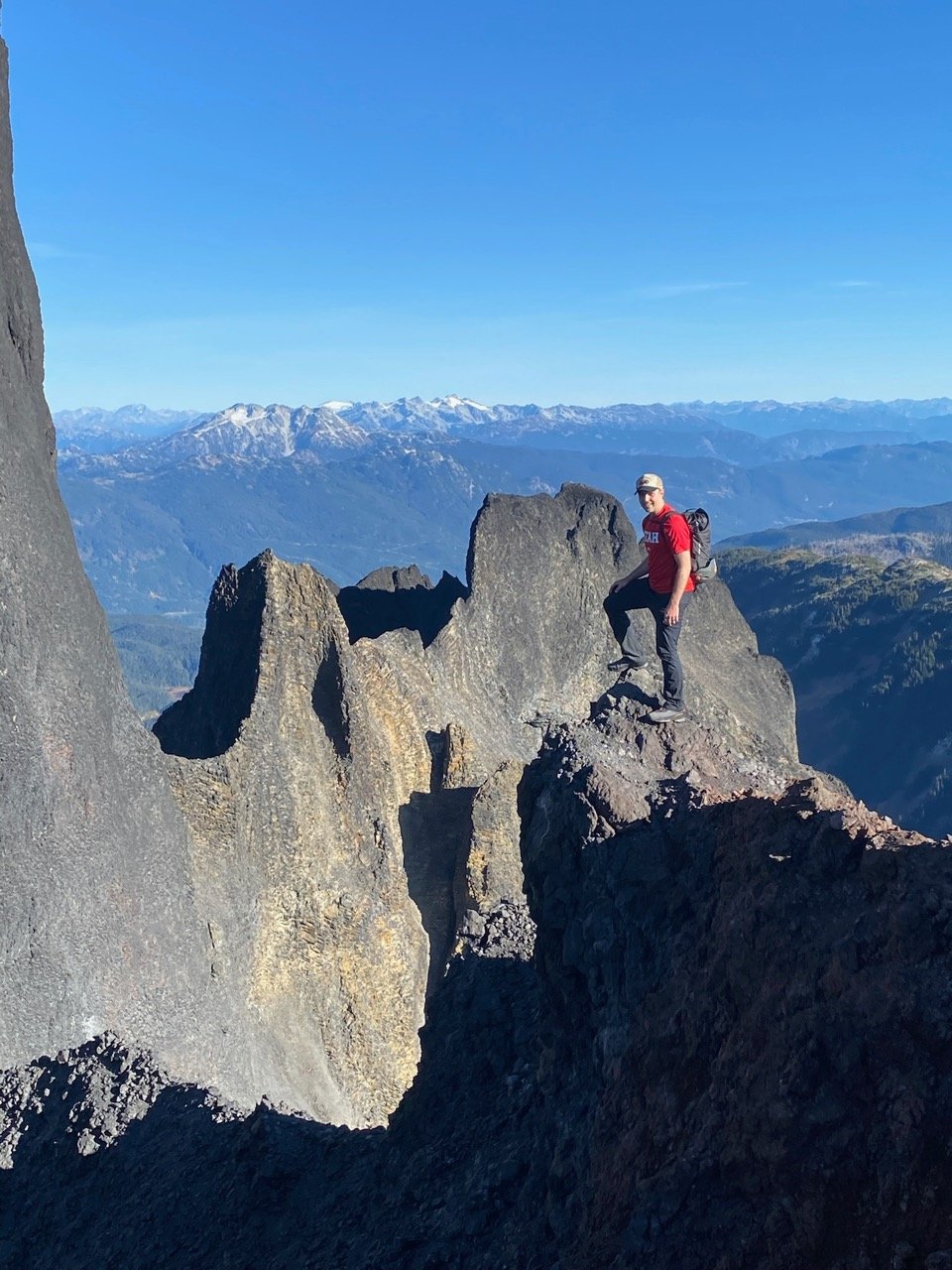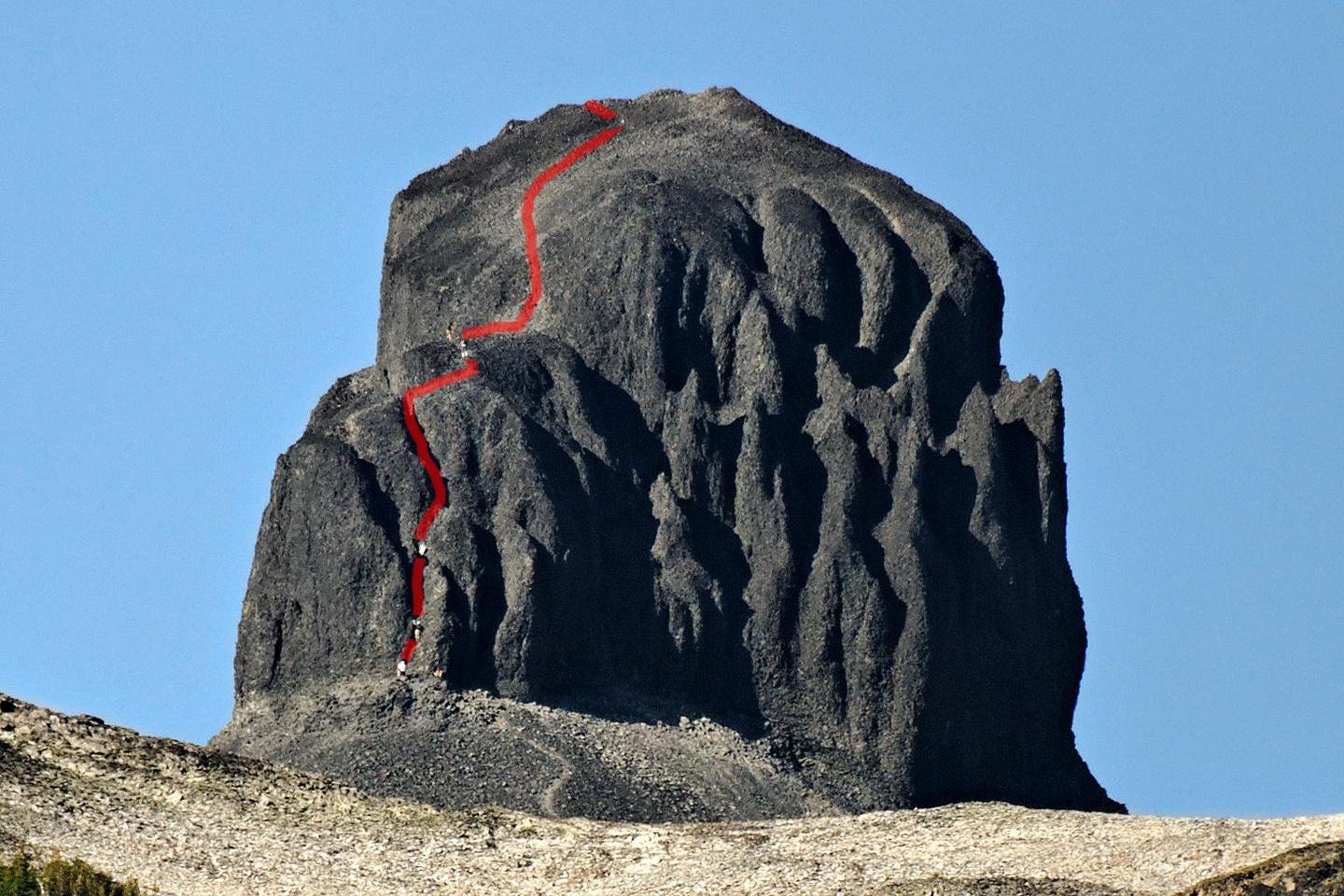
Black Tusk Mountain Success
Landing place of the Thunderbird
Meet the patients we climbed for on Black Tusk Mountain
The fall foliage in the alpine meadows was spectacular
The native name is T'ákt'akmúten tl'a Ín7inyáx̱a7en, which means "Landing Place of the Thunderbird"
Brig Weight with Rob Paradise and fam with Lake Garibaldi in the background
Black Tusk Towers over Lake Garibaldi, so the descent we stopped by to swim
Dr. Weight sporting the D’Allis man hat on top of the Black Tusk
Dr. Patrick Riggs on the “Landing Place of the Thunderbirds” with Dr. Weight
Trip Report
British Columbia is one of the climbing meccas of the world. With thousands of technical climbs around Squamish and countless impossibly beautiful peaks surrounded by pristine wilderness and glacier blue lakes, it is a climber’s paradise. We had wanted to climb Black Tusk Mountain or T'ákt'akmúten tl'a Ín7inyáx̱a7en, which means "Landing Place of the Thunderbird" in the native Squamish language.
Due to delayed flights etc we didn’t get to bed in Vancouver until midnight. With a long day ahead (~30+ kilometers and 1600 meters of elevation gain), we got up at 445 am, packed and drove 90 minutes to the trailhead. We started hiking from the Rubble Creek trailhead with headlamps at 630 am under a beautiful clear sky and friendly stars. The trail rises quickly through switchbacks and a beautiful forrest with towering Douglass Fir trees and once the sun came up we noted beautiful yellow, red and oranges leaves on deciduous trees and bushes. After a couple of hours we made it to a high alipine meadow called Taylor’s Meadows. This campground was closed due to recent bear activity and we had just read of a bear killing a couple of adventurers in Banff, Canada. At this time of the day, now this far into the backcountry, we were mostly on our own, occasionally passing other hikers.
Here is where we got our first view of the mountain and from this angle it was quite different from the most famous view from the Whistler Ski resort. As we continued to gain elevation, we got glimpses of Lake Garibaldi. It was as if she were teasing us with slivers of blue that only glacier fed lakes can create.
After about 8 miles and 5000 feet of elevation gain, our views kept getting better and better. Now we could see snow capped peaks as far as the eye can see with such awesome names like Mt. Tantalus, Castle Tower Peak, Mt. Garibaldi, and Opal Cone. We could also see Lake Garibaldi more clearly. These views have a way of making you forget the pain in your knees or hips, overcome the fatigue and keep climbing.
The last bit of the mountian was over loose scree and then the actual climbing. Though the climbing is not really difficult 4th class or low 5th class (we didn’t use a rope), it remains dangerous because the volcanic rock is loose and crumbly. In fact a climber died earlier this year on this same route. So we stayed focused and made it to the top. The view was 10 out of 10. Clear blue skies, perfect temperature (cool with just the lightests breeze) and an occasional cloud reflected in Lake Garibaldi. We actually see the ocean 50 miles away. Though not the highest mountain, at 7,608 feet, it offered some of the greatest views we’d ever seen. We snapped some summit photos with Rob, Patrick and Terry, ate a leisurely lunch and started down.
When the sun was up and we got lower, the temperature got warmer and so did we. We took a 1.5 km detour to go jump in the glacier fed lake. Wow! That was refreshing. The sort of refreshing experience that just pulls a yell right out of you even if you’re normally somewhat reserved! We made it back down by 3:21 pm (I know because Brig and I had a bet and I won, by one minute).
Stats for the day from my phone, 47,152 steps, 632 floors feet of elevation gain, and 23.3 miles. We were inspired by our patients’ grit and the >400,000 people who are diagnosed every year in world.

Taylor's Meadow

Early sunlight with fall colors

Little peak of Lake Garibaldi

Mushrooms (not edible)

More fall colors

Getting closer to Black Tusk

Crossing the exposed ridge

Crumbly volcanic rock

The views keep getting better

Pano from up high

Sometimes you have to ignore the signs

We found a glacier!

Brig nearing the summit headwall

The route up the last pinnacle of Black Tusk (Photo Credit Vancouver Hiking)

Brig looking up the chimney

Chris coming up the chimney

Brig selfie in the chimney

At the top of the Chimney with air below


Summit photo!

Lake Garibaldi inviting us in

The glacier flows right into the water brrrr!

So pretty

Maybe another climbing objective across the water?

Returning through the British Columbia triangle

Cleveland Ave in Squamish!! Cleveland Clinic would feel at home here



Back in Vancouver to present our research on AI and Kidney Cancer







